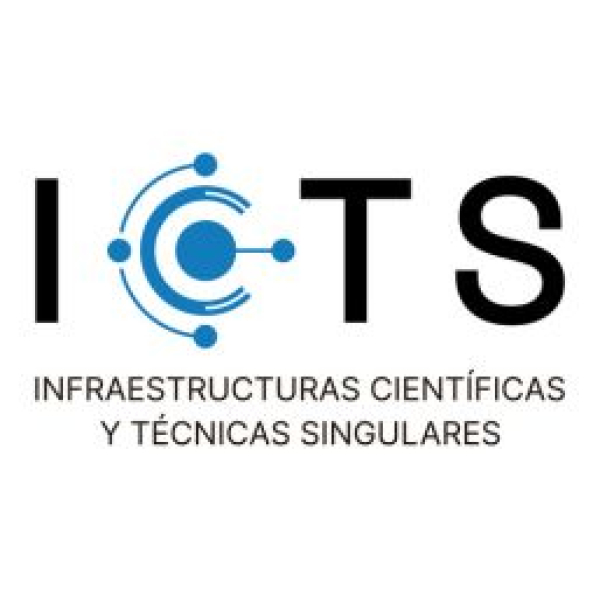Barcelona, 29 July 2022.- Holger Heyn, leader of the Single Cell Genomics team at the Centro Nacional de Análisis Genómico, is the main author of an article published in Nature Reviews Genetics presenting an overview of the developing landscape of spatial genome, transcriptome and proteome technologies. Together with Jeffrey Moffitt from the Harvard Medical School and Emma Lundberg from the SciLifeLab, they exemplify the impact of these technologies on cell biology and translational research, and discuss current challenges for their community-wide adoption.
A landscape in transformation
The vast array of different molecules within cells and cells within tissues is an essential determinant of cellular and tissue function. Bulk and single-cell genomic technologies offered the ability to characterize the remarkable diversity of molecules that
define cellular identity and function at their native complexity level, the genome scale, which, in turn, has empowered a diverse and exciting range of discoveries.
Until recently, transformative single-cell technologies largely characterized dissociated cells, removed from the sample of interest and, as such, came with a natural loss of the spatial context –essential to many biological questions. Spatially resolved genomic methods offer the solution to this challenge, providing genome-scale omics measures while preserving spatial information. Discoveries made with these new and rapidly developing methods are likely to complement and may perhaps even outstrip the tremendous advances driven by dissociated single-cell methods.
Challenges for the future
The review provides an overview of the current landscape of spatially resolved genomic, transcriptomic, and proteomic methods and cover their important technical and performance features. It also highlights illustrative applications to showcase insights such methods promise.
To conclude, the review states the need for coordinated efforts to establish standardized experimental and analysis frameworks and provide a brief perspective of future technological breakthroughs and impact areas. The multi-dimensional nature and the massive amounts of data produced by these methods dictate that computational efforts go hand-in-hand with experimental methods.
The authors anticipate widespread adoption of these technologies over the next few years. With the goal to perform bias-free, data-driven exploratory cellular phenotyping in situ, spatial technologies promise to further transform our knowledge about the complexity of life by holding a magnifying glass onto the molecular and spatial architecture of tissues and cells.
*The image shows the analysis performed on spatial data to identify cell types, local cell neighbourhoods and higher order organization (by Emma Lundberg).
Work of reference
The emerging landscape of spatial profiling technologies











